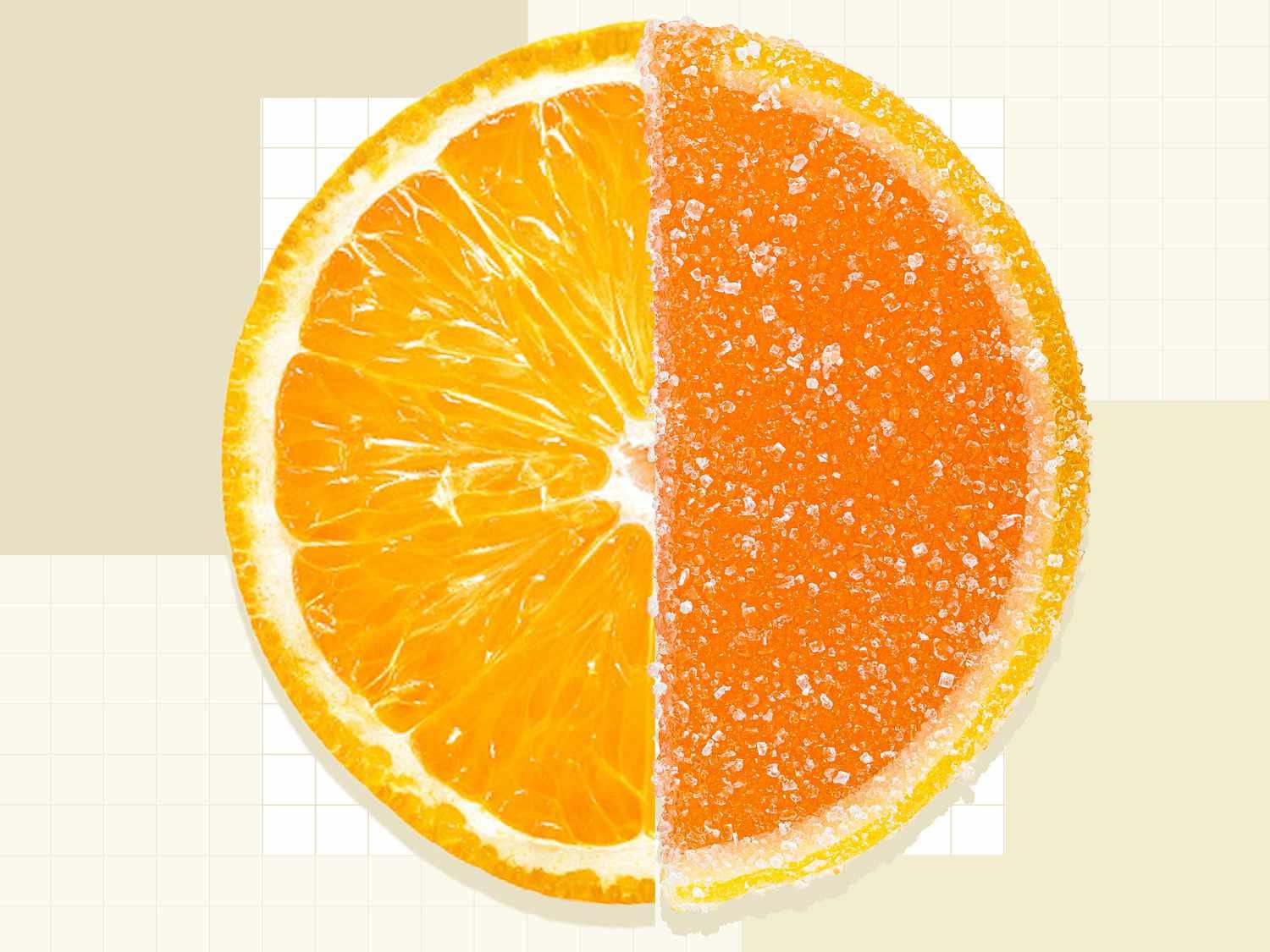[ad_1]
Lots of products claim they’re “natural,” while others list both “natural” and “artificial” flavors in their ingredients. Are there any rules governing what exactly those terms can and can’t mean? Should I care?
Natural: Yay! Artificial: Boo!
Most of us can’t help feeling this way when we come across those words on food products. Natural just sounds so wholesome and right. Artificial? Well, for starters it has the word “artifice”—and all its implied deception and trickery—practically built right into it. But knee-jerk reactions aside, the reality of what these terms mean on food labels is a lot less clear.
What Is “Natural” Anyway?
According to Merriam Webster, natural means anything that exists or is caused by nature, and not humankind. If you follow the logic of that definition, prepared foods can’t ever qualify as natural, since they’ve implicitly been made by a person. Though yes, I suppose your diet could qualify if it includes nothing more than taking big bites out of weeds and animals that have died of natural causes—let me know if yours does, because we should probably talk.
As it happens, though, dictionary definitions don’t regulate food labels: the Food and Drug Administration (FDA) does. And what does “natural” mean, according to the FDA? Not much, actually. According to its website, the FDA does not have a definition for “natural” as it appears on food labels, and it’s willing to let marketers use it so long as the food does not contain any added colors, artificial flavors, or synthetic substances. So, aside from knowing what’s not in a box that proudly proclaims its contents “All-Natural!,” you can’t really know much about what is in it.
But What About Natural and Artificial Flavors?
Right, so that takes us to natural and artificial flavors, which are terms the FDA does define and regulate. First, it helps to understand what the FDA defines as a “flavor.” According to section 101.22 of the Code of Federal Regulations Title 21 (21CFR), an annually updated codification of the FDA’s rules, a flavor is any ingredient “whose significant function in food is flavoring rather than nutritional.” So while beef itself has lots of flavor, its nutritional contribution to food is significant enough that it wouldn’t qualify as a flavoring. But an extract of beef that’s added in minute quantities for flavor alone, and with little or no nutritional value, would qualify as a flavoring.
As for natural versus artificial, the FDA says that a natural flavor is one that’s derived from a “spice, fruit or fruit juice, vegetable or vegetable juice, edible yeast, herb, bark, bud, root, leaf or similar plant material, meat, seafood, poultry, eggs, dairy products, or fermentation products thereof.” Basically, a natural flavor is one that’s derived from a plant or animal. An artificial flavor, on the other hand, does not come from a plant or animal source, and instead is generated from scratch.
Is Natural Better Than Artificial?
On the surface, a food flavoring that comes from a plant or animal might seem to be more desirable than an artificial one. But believing so requires making assumptions that don’t always hold up under scrutiny.
The first problem is that not everything that comes from a natural source is guaranteed to be good. Cyanide, for instance, can be extracted from bitter almonds, but I wouldn’t recommend eating it. Of course, no one is allowed to use cyanide as a food additive, but the basic idea still holds that extracts from plant or animal sources shouldn’t automatically be considered to be safer or more desirable.
Artificial flavors, meanwhile, aren’t intrinsically bad. On a scientific level, an artificially-made flavor compound is absolutely indistinguishable from the same compound derived from a natural source. As Gertrude Stein might have said, vanillin is vanillin is vanillin.
But there are other reasons why we shouldn’t put too much stock in “natural” flavors. For a really fun example, let’s look at castoreum, a secretion that comes from the two castor sacs located under a beaver’s tail, right next to a pair of anal glands. (I’m salivating already.) It’s classified as a natural food additive—because it comes from an animal source, after all—but, as you’ve probably guessed, it isn’t valued for the beaver-butt flavor it adds to foods. Nope, castoreum tastes and smells like vanilla, which makes it an option for baked goods, frozen dairy treats, and puddings. Yum! Just like mom used to make!
Granted, castoreum is a very rare food additive, but it’s still a pretty good example—whether a flavoring’s source is natural or artificial ultimately doesn’t shed much light on what it is or whether it’s something you would expect to find in your food.
April 2014
[ad_2]
Source link

